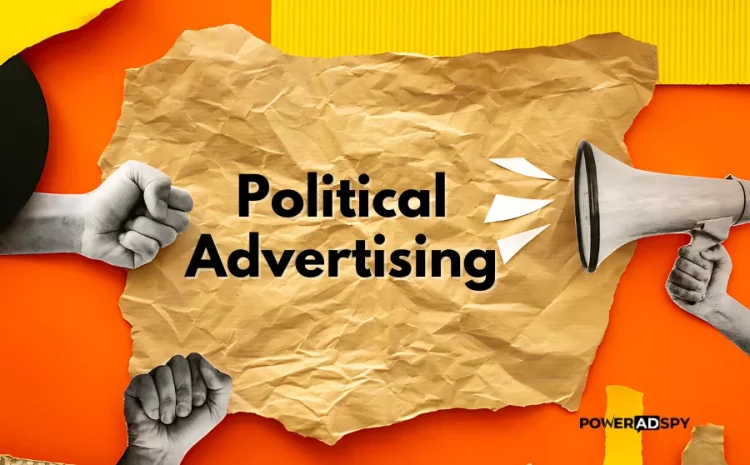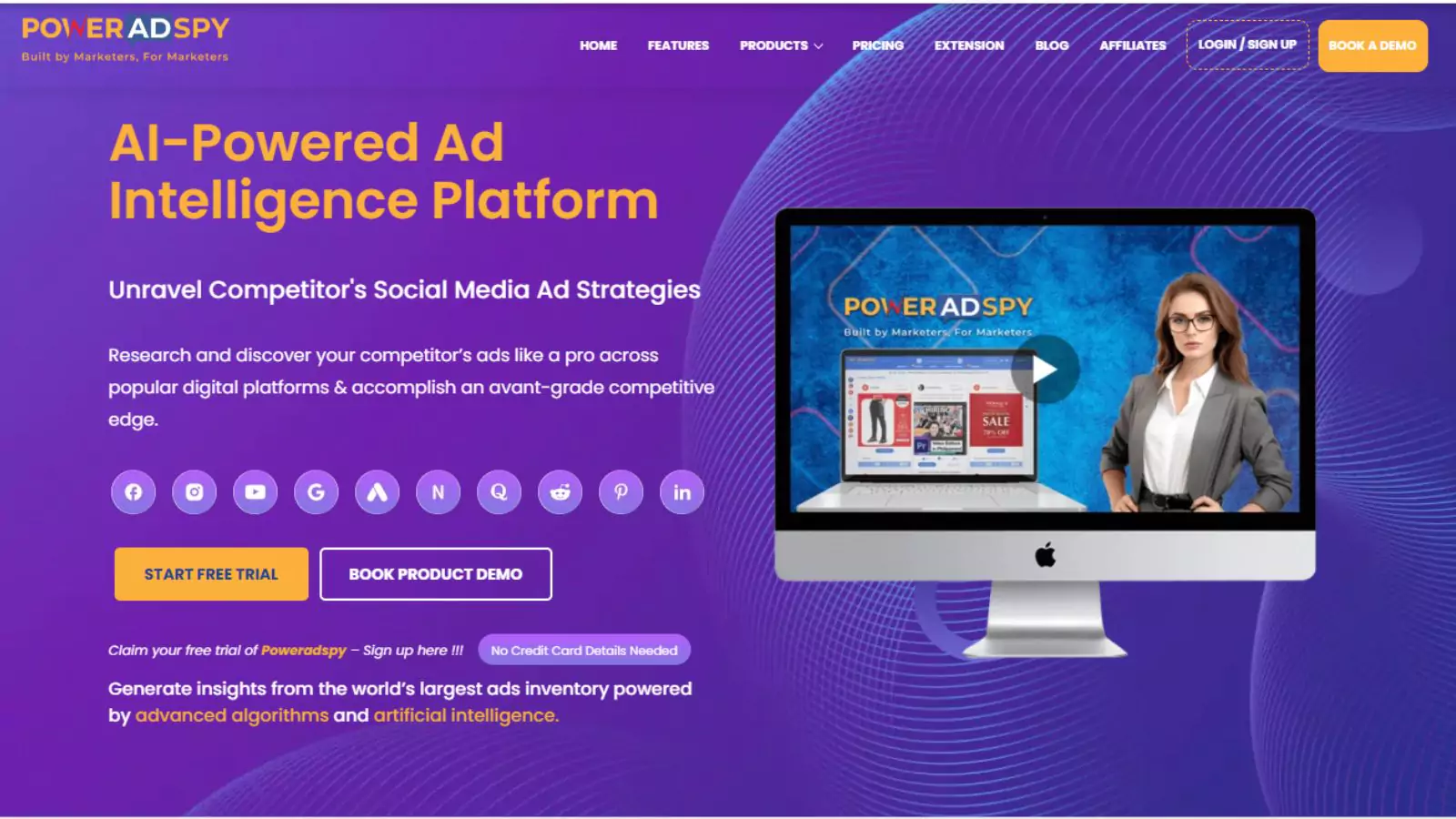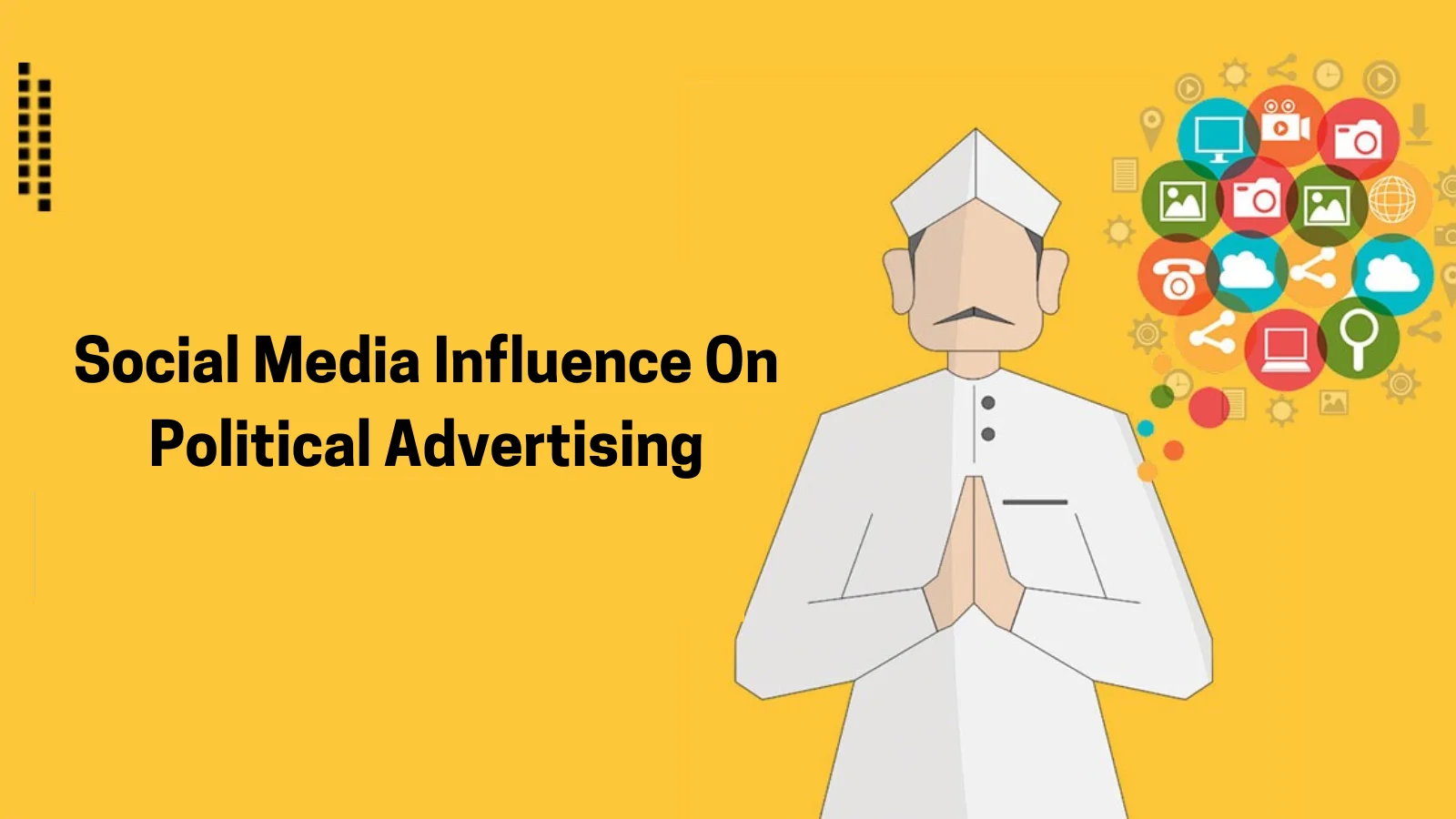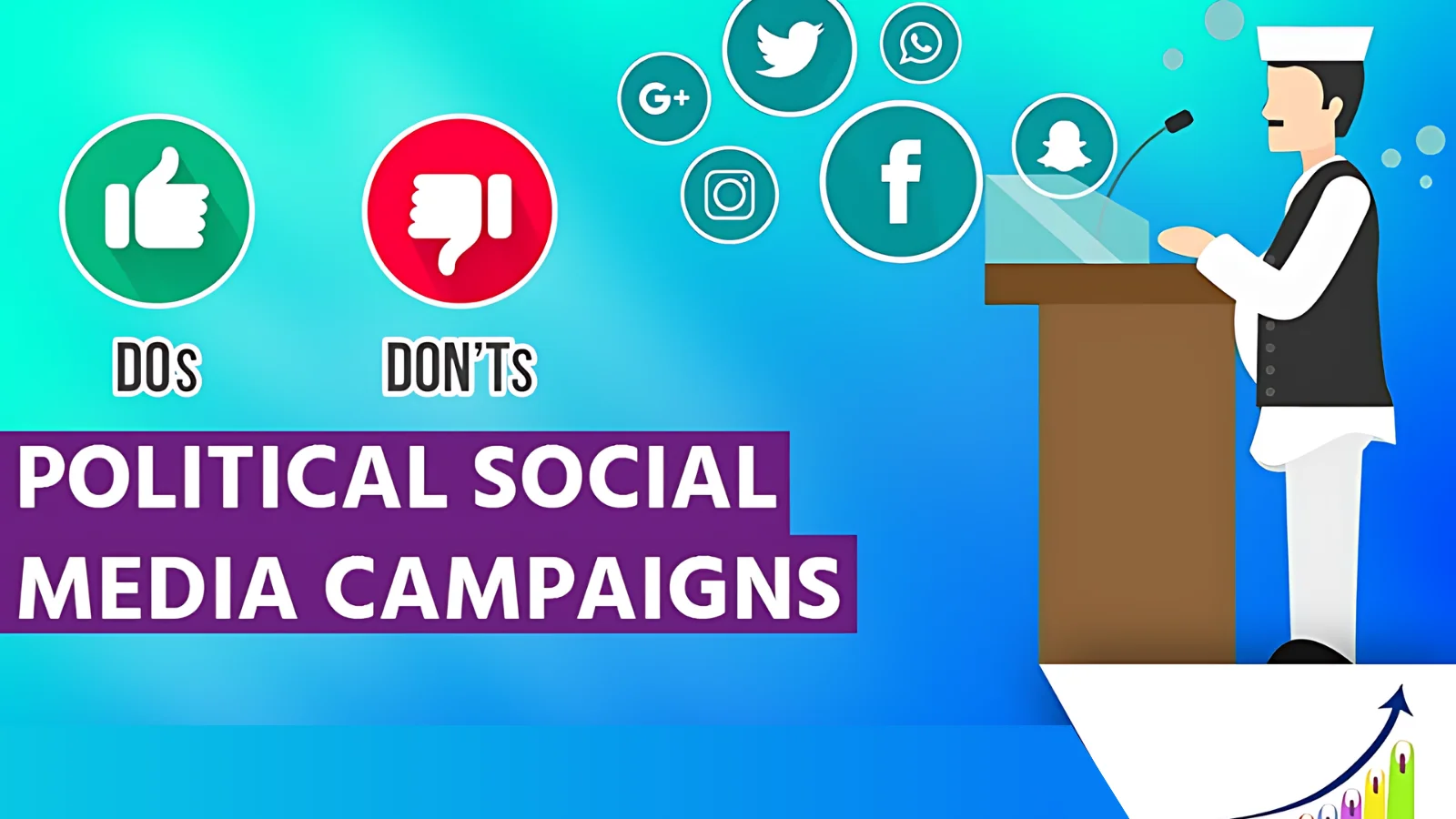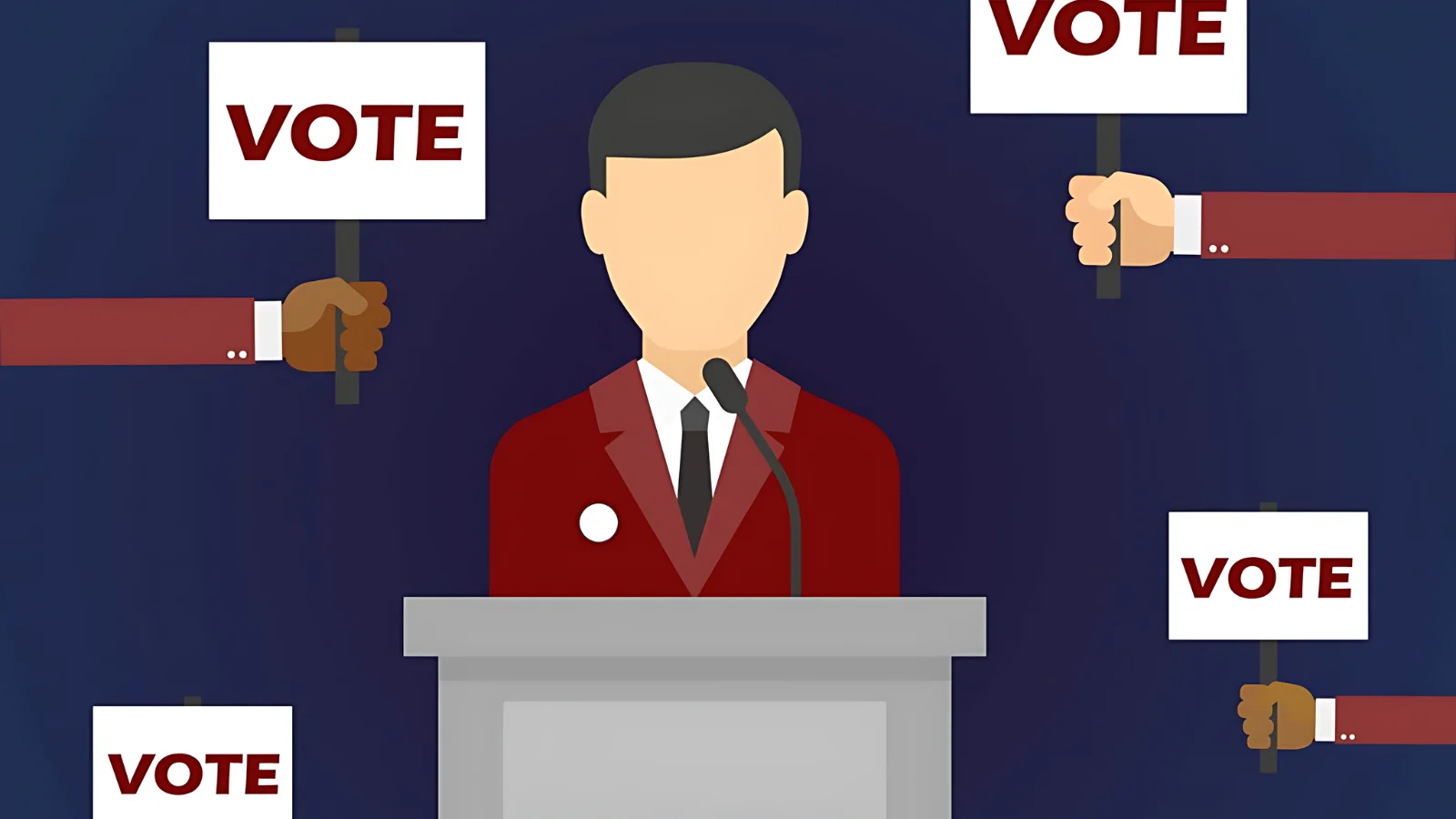What You Need to Know About Political Advertising
Political advertising isn’t just about promoting candidates—it’s a strategic manipulation of public perception. They are crafted to exploit emotions and fears. These ads wield enormous power in shaping elections and swaying voter decisions.
The impact of political advertisements extends beyond their immediate electoral outcomes. It shapes public discourse, frames political agendas, and can polarize societies. The ethical implications are profound, raising questions about transparency, truthfulness, and the fairness of electoral processes.
By exploring the intricacies of these political campaign advertising, you can gain insight into how they navigate legal boundaries and societal norms. Understanding the techniques employed—from micro-targeting to narrative framing—provides a critical lens through which to evaluate their influence on democracy.
In this blog, we will explore political ad nuances, complexities, and implications for our democratic fabric.
In a hurry? Listen to the blog instead!
What Is Political Advertising?
Political advertising is utilizing advertisements and promotional materials by political candidates, parties, or interest groups to influence public opinion and sway voter behavior. These advertisements communicate specific messages, promote candidates’ platforms, highlight key issues, criticize opponents, and mobilize support during electoral campaigns.
Political advertising examples can be seen in various forms, including television and radio commercials, print ads, direct mail, and increasingly digital ads on social media platforms. The goal is to reach a broad audience, shape public perception, and influence electoral outcomes.
What Are The Different Types Of Political Advertisements?
Types of political advertising vary widely, encompassing traditional and digital strategies. Despite the allure of newer digital channels like social media, traditional mediums continue to play a significant role.
When planning your advertising budget, it’s crucial to consider these distinct types of political campaign ads:
Television
Television remains a cornerstone of political advertisements, offering the ability to captivate audiences with visual and auditory storytelling. Cable TV, although costly, provides a potent platform for reaching voters and donors on an emotional level. However, campaigns increasingly explore cost-effective alternatives like Connected TV (CTV) and digital platforms to broaden their audience reach.
Social Media
Social media platforms such as Facebook, Instagram, and X (formerly Twitter) are pivotal for expanding campaign visibility and engaging grassroots supporters. Understanding each platform’s unique policies for political advertising is essential to navigating regulatory requirements effectively, particularly under Meta’s overarching policies for Facebook and Instagram.
To gain more ideas for social media political advertisements, you can also check your competitor’s political ad campaigns. This will help you in developing a powerful strategy for your campaigns. While there are various ad spy tools available, choosing the right one would surely help you in creating successful social media political ad campaigns..
Moreover, these tools provide ad insights and an ad library where you can search for ads related to your niche. One such tool is PowerAdSpy. Let’s have a detailed look at this AI-based ad intelligence software.
PowerAdSpy- Ad Intelligence Tool
PowerAdSpy is an ad intelligence tool designed to help marketers, advertisers, and businesses analyze and replicate successful political advertising strategies. It provides comprehensive insights into competitors’ ad campaigns across various platforms, making it easier to craft effective ads.
Key Features of PowerAdSpy
- Spy on Ads & Search Functionality: PowerAdSpy allows users to search and spy on ads from competitors across multiple platforms such as Facebook, Instagram, Google, YouTube, and more. This feature helps analyze what ads are performing well in your niche, providing inspiration and insights for your campaigns.
- Advanced Filtering Options: The tool offers advanced filtering options that enable users to narrow their search based on various criteria, including ad placements, ad types, call-to-action buttons, engagement levels, and more. It helps in finding the most relevant and high-performing ads quickly and efficiently.
- Comprehensive Ad Analytics: PowerAdSpy provides detailed analytics for each ad, including engagement metrics like likes, shares, comments, and click-through rates. This data helps users understand what elements of an ad drive political advertising performance and allows them to replicate successful campaign strategies.
- Ad Creation Inspiration: With access to a vast library of successful ads, PowerAdSpy is a source of inspiration for ad creation. Users can explore different ad creatives, formats, and copy ideas, helping them to create compelling and high-converting ads for their campaigns.
- Competitor Tracking: The tool helps you track their competitors’ ad strategies over time. By monitoring changes in their ad campaigns, users can stay ahead of market trends, respond to competitor moves, and refine their ad strategies to maintain a competitive edge.
Print Advertisements
Print media remains integral, especially in local and down-ballot races. Campaigns utilize print ads through direct mail, newspapers, magazines, billboards, and posters to target specific demographics and geographical areas.
Search and Display Ads
Google’s search ads, displayed prominently as sponsored results, leverage the platform’s extensive user base and search traffic to drive engagement directly to campaign websites. Meanwhile, display ads across the web employ visual elements and targeted placement to enhance the visibility and message impact of your political advertising.
Audio
Although relatively underutilized, audio advertising, including broadcast radio and podcasts, presents an emerging opportunity for political campaigns. Despite comprising only 1% of political ad spending in 2022, the growing popularity of audio content suggests a potential avenue for reaching diverse audiences in a more intimate setting.
These advertising channels offer distinct advantages and considerations, shaping how political campaigns strategize and allocate resources to maximize impact and reach across diverse voter demographics.
How Has The Use Of Social Media Changed Political Advertising?
Social media has become an essential tool for political candidates, offering a planned and dynamic platform. It provides direct engagement with potential voters on their terms.
In contrast to traditional methods that are typically one-way communications, social platforms enable immediate feedback on campaign ads. This responsiveness allows candidates to swiftly adjust their messaging and strategy in response to audience reactions or low engagement rates.
Moreover, social media activities have influenced public policy, with instances like the public outcry on Twitter credited for influencing decisions such as the distribution of free COVID tests. These interactions on social media have also influenced the language and imagery employed in political campaigns.
Social Media Policies on Misinformation in Political Advertising
In October 2019, President Trump’s reelection campaign released a 30-second video ad accusing Joe Biden of offering Ukraine funds to fire a prosecutor investigating a company linked to Biden’s son, Hunter. The Biden campaign objected and asked media platforms to take it down. The responses highlighted different approaches to handling misinformation in political advertisements.
Some social media platforms, like Twitter, TikTok, LinkedIn, and Pinterest, banned political ads altogether. However, political advertisements were never prominent on these platforms. The major players are Facebook and Google.
Facebook’s Approach
Plan for Combating Misinformation:
- Flagging content fro m state-sponsored media.
- Labeling disputed news stories as “false information.”
Response to Biden Campaign in Political Advertising:
- It refused to take down the Trump ad.
- Cited commitment to free expression and respect for the democratic process.
- The belief that political speech in mature democracies is heavily scrutinized.
- Facebook allows controversial statements in political ads under its free speech policy.
Google’s Approach
Ad Policy:
- It treats political advertisements the same as any other ads.
- This ad policy prohibits false claims in any advertisement.
- The anti-Biden ad remains on YouTube.
Policy on Political Hyperbole:
- Differentiates between political exaggeration and statements that undermine democracy.
- Allows ads with controversial implications if they are not provably false.
Key Points
Facebook:
- Facebook allows political advertising with controversial statements under free speech.
- Believes in the public right to hear directly from political leaders.
- Provides tools to flag and label misinformation but does not remove ads unless blatantly false.
Google:
- It treats political ads like any other ads, banning false claims.
- Google distinguishes between political exaggeration and undermining democracy.
- Allows ads with controversial implications if not provably false.
This policy difference means Facebook and Google handle misinformation differently, reflecting their interpretations of free speech and public responsibility, ultimately leaving voters to discern the truth in political ads.
Social Media Policies On Microtargeting Political Ads
Microtargeting on social media has revolutionized political advertising, bringing opportunities and challenges to the democratic process.
The Democratic Process and Voter Decision-Making
It allows voters to decide whether they believe a politician’s statements are a core aspect of democracy. Ideally, a free marketplace of ideas enables the public to access extensive information about candidates.
The press evaluates these statements, exposing falsehoods, while voters discuss issues and make informed choices at the ballot box. This system has worked well with traditional media like newspapers, radio, and television, where ads reach broad audiences and face immediate public scrutiny.
The Unique Challenge of Social Media In Political Advertising
Social media, however, introduces microtargeting, which significantly differs from traditional communication methods. Microtargeting makes it hard to distinguish between real and fake news.
Ellen L. Weintraub, chair of the Federal Election Commission, noted that microtargeting allows political misinformation to be directed at susceptible groups with little accountability, as the general public does not see these ads.
Falsehoods in microtargeted ads may go unchecked, potentially impacting elections significantly.
The Positive Side of Microtargeting
Despite its challenges, microtargeting can positively impact democracy. It allows smaller and less-funded campaigns to reach voters, as online ads are cheaper than TV and radio spots. It also enables candidates to address issues that matter to their constituents, increasing voter engagement and turnout.
Policies of Major Platforms
Facebook and Google have taken different approaches to microtargeting political ads, balancing their pros and cons.
-
Google’s Policy:
- Limits targeting to broad categories like zip code, sex, and age.
- Allows contextual targeting, serving ads related to the content a user is viewing.
- Aligns with traditional media practices to ensure election ads are widely seen and open to public discussion.
-
Facebook’s Policy:
- Facebook places no limits on how campaigns can target ads.
- It offers users more control over the number of political ads they see.
- It makes its online library of political ads easier to browse.
- Critics argue these measures do little to expose targeted ads to public scrutiny.
These differing policies reflect the platforms’ varied assessments of microtargeting’s impact on the democratic process.
Do’s And Don’ts Of Political Advertising
Here is the list of do’s and don’ts:
-
DO: Ensure Clear Disclosure
All political ads must disclose who paid for them on the landing page and within the ad site name. This transparency is non-negotiable.
-
DON’T: Lack Relevance
Directness Relevance is core in political advertising—from audience targeting to image selection. Ads that aren’t personalized risk alienating viewers, as 90% of consumers find non-personalized ads annoying. Maintain consistency and urgency in your messaging to keep engagement high.
-
DO: Keep a Positive Tone
Unlike other ad types, political ads benefit from a positive approach. Negative ads tend to decrease favorability towards candidates and parties. Avoid advertisements that humiliate or disparage others to enhance the overall ad experience.
-
Don’t: Focus Excessively on Competitors
Highlight your strengths rather than critiquing competitors. Ads that overly focus on rivals in political advertising are perceived as misleading and may erode trust among voters.
-
DO: Stick to Facts
Ensure that all content in your ads is factual and unbiased. Misleading or fake news has no place in political advertising, and platforms like ours enforce this rigorously.
-
Don’t: Underestimate the Importance of Trust
Building trust is paramount in political ads, as 83% of people find it challenging to trust what they see or read in such ads. Use data and statistics, and reinforce beliefs to bolster credibility.
-
DO: Utilize Dynamic Elements
Dynamic headlines that personalize ads based on location or other criteria can significantly boost engagement. This approach not only grabs attention but also qualifies your audience effectively.
-
Don’t: Miss Opportune Moments
Capitalizing on significant events like holidays can enhance the performance of your political advertising. These moments provide fresh creative inspiration and resonate well with audiences.
-
DO: Feature Close-Up Images of Your Candidate
Images matter—opt for headshots or close-ups of your candidate, ideally with patriotic symbols like the American flag. Positive imagery enhances your campaign’s appeal across different voter demographics.
-
DON’T: Resort To Negative Messaging
Maintain a positive campaign tone throughout. Negative messaging can detract from your campaign’s integrity and effectiveness.
By adhering to these do’s and don’ts, political campaigns can effectively navigate the complexities of advertising while fostering trust and engagement among voters.
Strategies For Effective Political Campaign Ads
Creating various types of political advertising is essential for effectively reaching target voters. Multiple touch points will help your campaign stay in voters’ minds and motivate them to learn more. To craft impactful political campaign ads, follow these strategies:
-
Conduct Thorough Research
Understand the interests and demographics of your and your opponent’s target voters. Use this data to tailor your ads to resonate with your audience.
-
Utilize Ad Targeting
Strategically place your political ads in front of specific audience groups, such as local Democrats who have engaged with similar Facebook pages. Tools like Facebook Ads Manager and PowerAdSpy can assist in this process.
-
Appeal to Emotions
Use storytelling to evoke feelings of hope, inspiration, or empowerment, establishing an emotional connection with voters.
-
Diversify Ad Content
Mix different political advertising messages, formats, and stories while maintaining consistency with your campaign’s overall messaging. This approach will help you reach various demographics within your target audience.
-
Highlight Endorsements
If your candidate has received endorsements, feature them in your ads. Consider including video appearances from endorsers for added impact.
-
Budget for the Final Weeks
Reserve a significant portion of your budget for the crucial weeks leading up to the election. This period is vital for voter engagement, so plan your spending accordingly.
Ensure each ad ends with a clear call to action (CTA) aligned with its goal. For instance, if the goal is fundraising, the CTA should encourage donations and link to your donation page.
The Bottom Line
Political advertising is a powerful tool in shaping voter perceptions and influencing election outcomes. The evolution from traditional media to digital platforms has introduced opportunities and challenges, particularly with microtargeting and misinformation. Leverage advanced tools like PowerAdSpy to navigate this complex landscape effectively.
PowerAdSpy provides deep insights into competitors’ ad strategies, allowing campaigns to craft compelling, targeted ads that resonate with voters. Political advertisers can maximize their impact and drive meaningful voter engagement by analyzing successful ad campaigns, understanding engagement metrics, and refining targeting strategies.
Staying informed and adaptive is core to successful political advertising.
FAQs
Q: What Are The Rules for Political Advertising?
Any public communication by a political committee must include a disclaimer, even if the communication does not explicitly support or oppose a specific federal candidate or request a contribution.
Q: What are examples of political advertising?
Political advertising encompasses various forms like advertising displays, newspaper ads, billboards, signs, brochures, articles, flyers, letters, radio or TV broadcasts, and other mass communication methods. These mediums aim to appeal, whether directly or indirectly, for votes, financial support, or other forms of assistance.
Q: What does “campaign” mean in politics?
In politics, a campaign refers to an organized initiative to influence decision-making within a particular group. In democratic contexts, campaigns typically focus on elections to choose representatives or decide on referendums.

